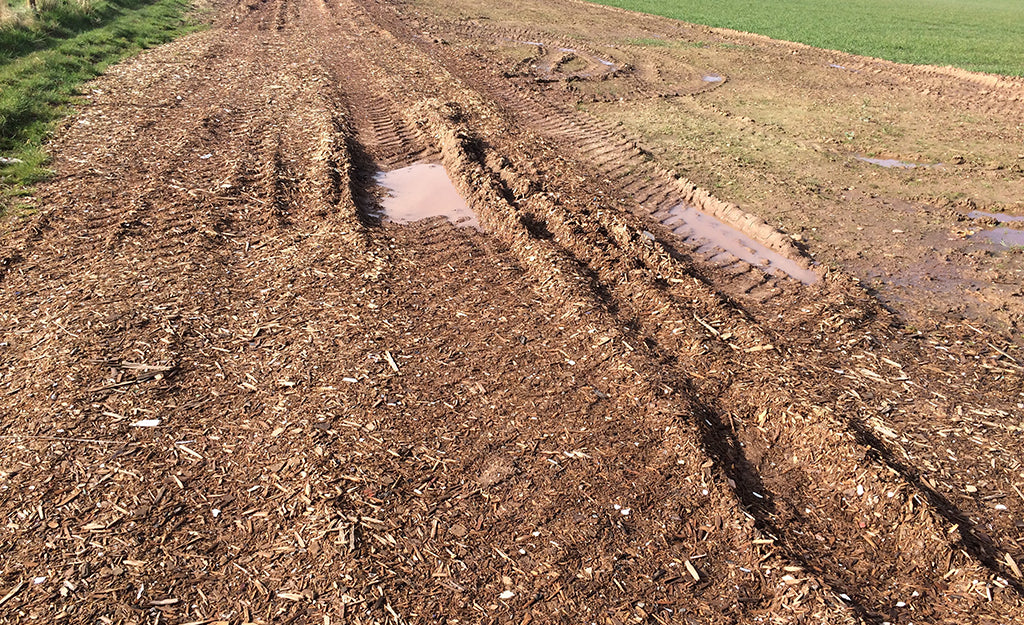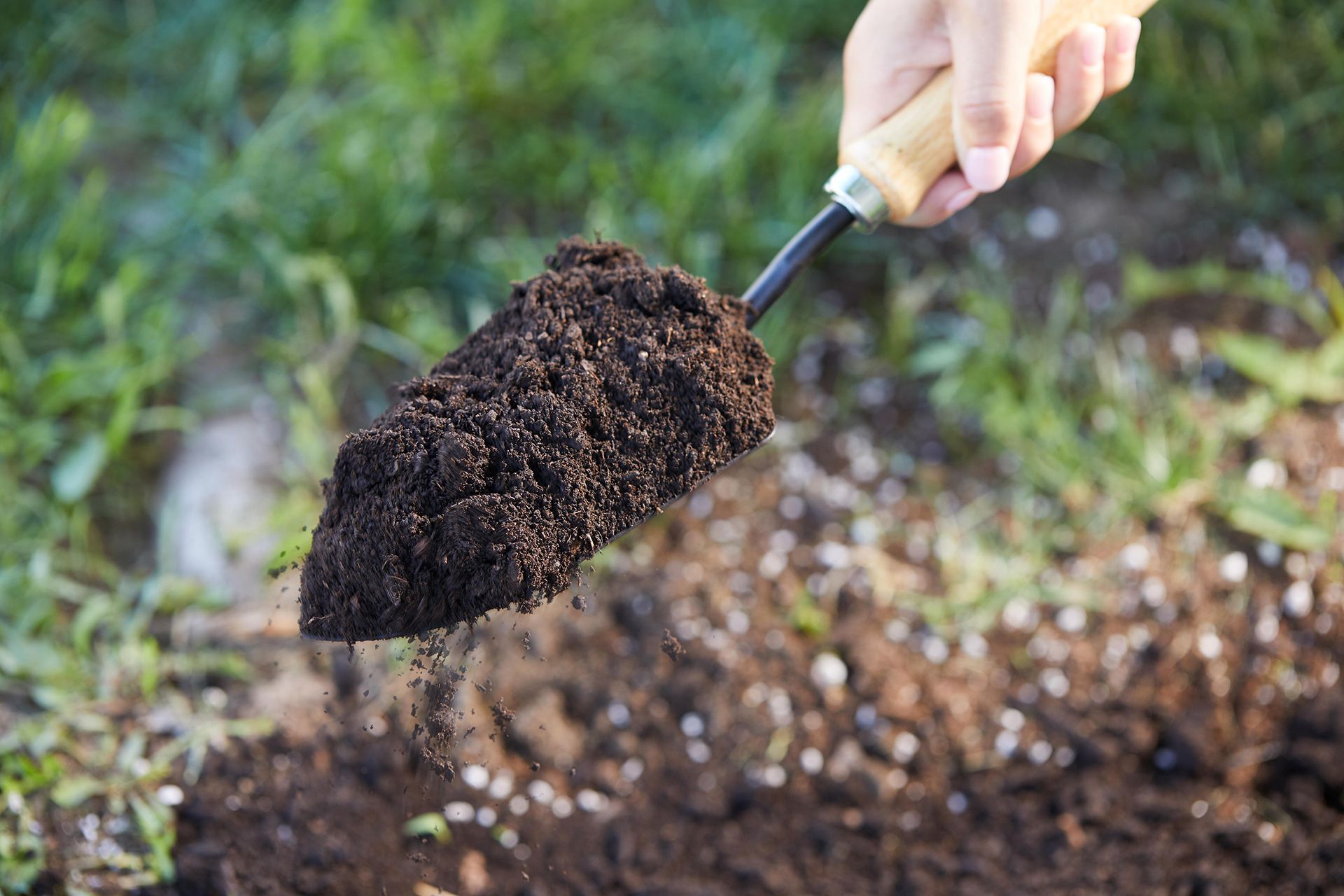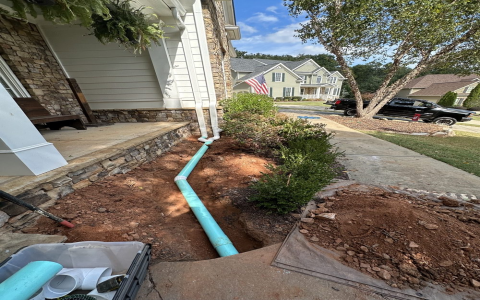Alright, let’s talk about sandy soil. I kept hearing folks talk about how well it drains, and while it makes sense, I like to see things for myself, you know? So, I decided to do a little experiment right in my backyard. Nothing fancy, just a hands-on check.
Setting Up My Little Test
First thing, I needed some containers. I just grabbed two identical medium-sized plastic pots that I wasn’t using. Checked to make sure they both had drainage holes in the bottom – pretty important for this test, obviously.

Then, I needed the soils.
- I went to that sandy patch near the edge of my property and dug up enough soil to fill one pot. It felt really gritty, just like you’d expect.
- For the second pot, I got some of the regular garden soil from my vegetable bed, which is more loamy, holds together better when wet.
I filled both pots up to about the same level, maybe an inch or two from the top. Didn’t pack them down too tight, just filled them naturally.
Doing the Actual Pouring
Okay, here came the action part. I got my trusty watering can and measured out about two cups of water. I wanted to use the same amount for both pots to keep things fair.
I took the first pot, the one with the sandy soil, and placed it where I could see the bottom, like on a couple of bricks. Then, I slowly poured the two cups of water onto the soil surface.
Wow. Seriously, the water just disappeared almost instantly. It barely pooled on top at all. I could see it start dripping out the bottom drainage holes really, really fast. It was like pouring water through a coffee filter, almost. The whole process, from pouring to most of it draining out, felt like it took maybe less than a minute.
Next up was the pot with the regular garden soil. I put it on the bricks, measured another two cups of water, and poured it in the same way. The difference was noticeable right away. The water sat on the surface for a little while, slowly soaking in. It took quite a bit longer for the first drips to appear out the bottom, and the flow was much, much slower compared to the sandy soil pot. It probably took a good five minutes or more for it to drain to a similar degree, and even then, it seemed like more water stayed in the soil.

What I Learned From This
Well, the difference was crystal clear. That sandy soil let water pass through it incredibly quickly. There was hardly any hesitation. The regular garden soil held onto the water for much longer before letting the excess drain away.
So, does sandy soil drain well? Oh, absolutely. Based on my simple little test, it drains extremely well. Almost too well, maybe? I can see now why people say you have to water plants in sandy soil more often, because the water just doesn’t stick around for long. It also explains why it’s good for plants that hate having wet roots.
It was good to see it happen right in front of me rather than just reading about it. Simple test, clear results. Sandy soil definitely lives up to its reputation for fast drainage.





















